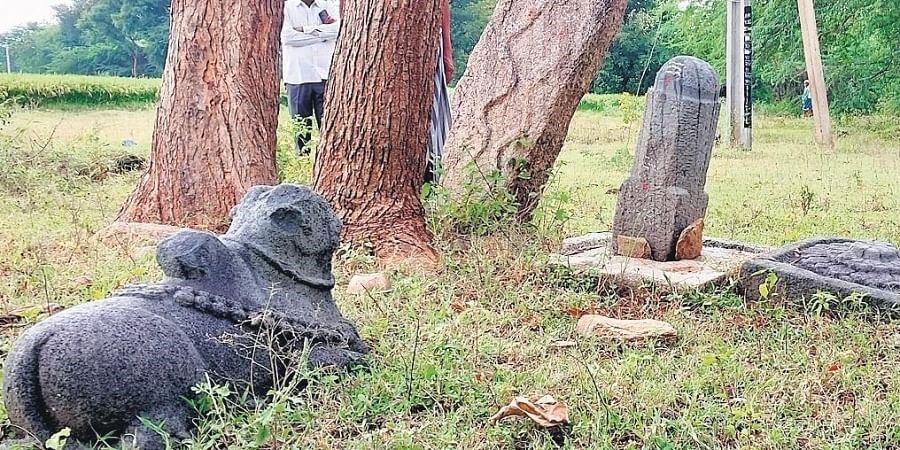Free Courses Sale ends Soon, Get It Now


Free Courses Sale ends Soon, Get It Now



Disclaimer: Copyright infringement not intended.
Context
Details
Territorial Dominance
Political Evolution
Founder and Origin
Capital Cities
Political Dynamics and Decline
Cultural Contributions
|
PRACTICE QUESTION Q. Discuss the socio-political significance and architectural contributions of the Nolamba Dynasty in South India during the medieval period. How did their political alliances and cultural affiliations shape their rule and legacy in the region? (250 words) |
© 2024 iasgyan. All right reserved